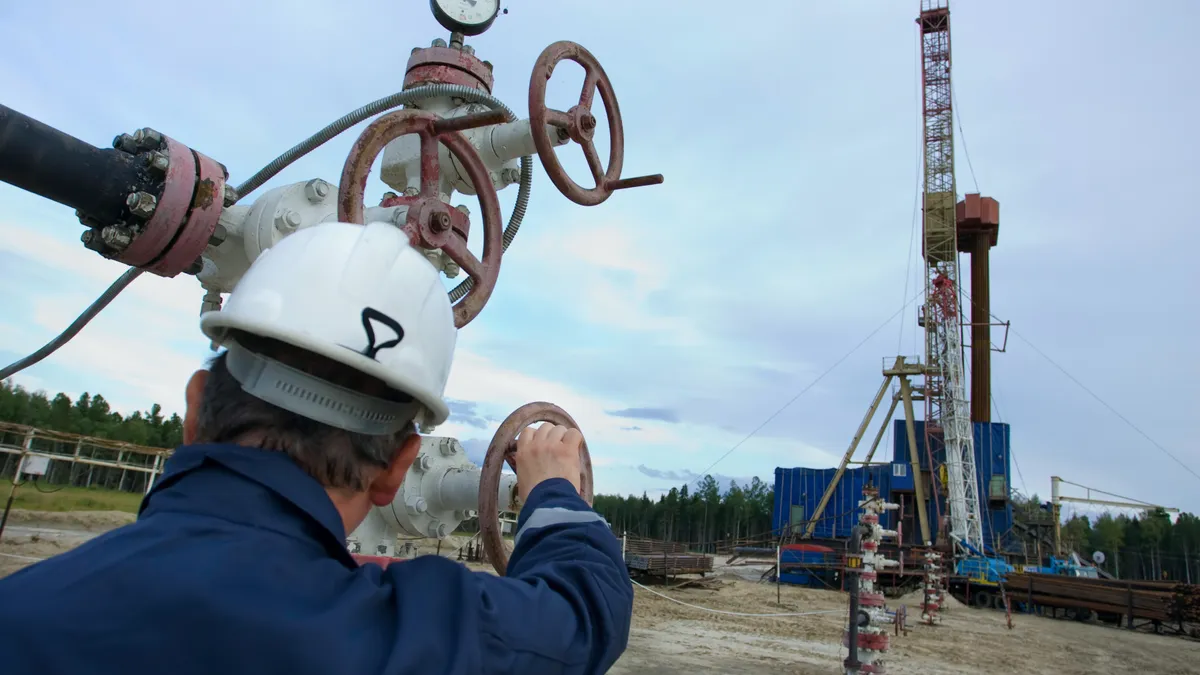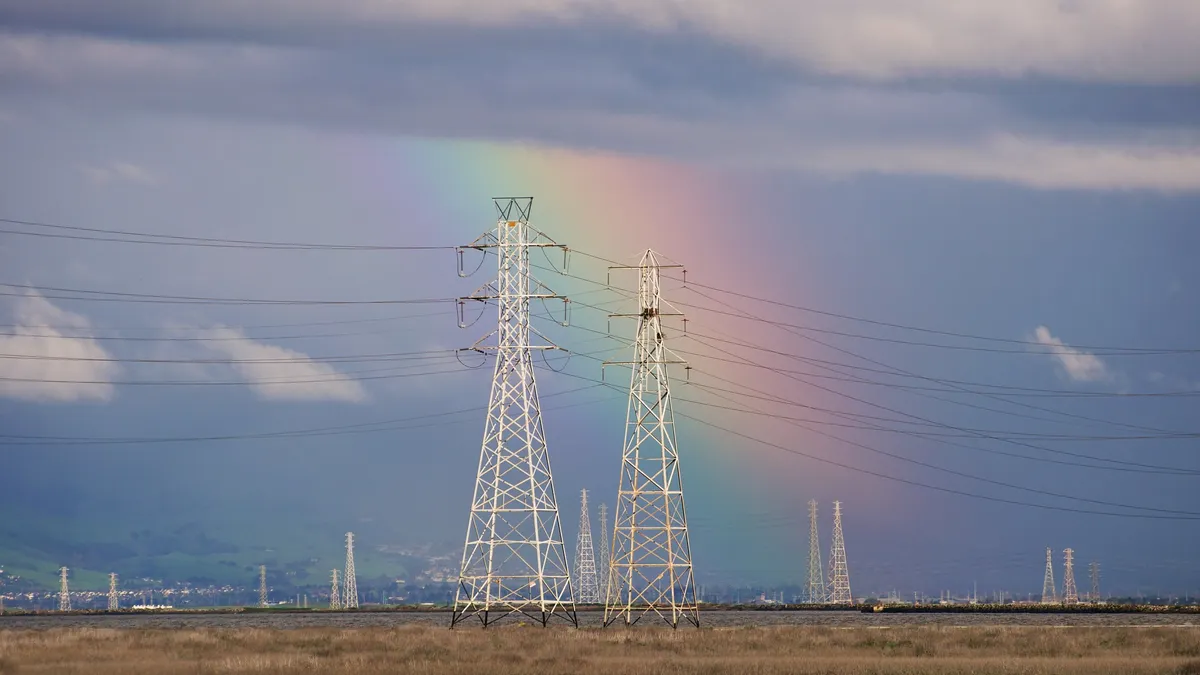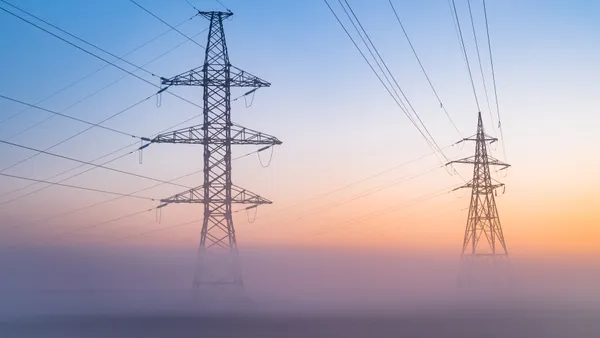Dive Brief:
- The Environmental Protection Agency (EPA) on Thursday finalized rules to limit methane emissions from new and heavily modified oil and gas facilities, as well as initiating a rulemaking process for existing facilities.
- The rules are part of a push from the Obama administration to cut methane emissions 40-45% from 2012 levels by 2025. Methane is a greenhouse gas with global warming potential over 25 times more potent than carbon dioxide, according to the EPA.
- The regulations will not affect most electric utilities directly, though some have invested in natural gas production and transport. They are likely to have an impact on the price of natural gas, the nation's single largest generation fuel.
Dive Insight:
The finalization of methane regulations from new sources represents a milestone for the Obama administration, which has attempted to combat climate change through regulatory action after the failure of a congressional cap-and-trade proposal in 2009.
Earlier this year, President Obama and Canadian Prime Minister Justin Trudeau pledged to work together to combat methane emissions in an agreement that outlined actions to comply with the Paris Climate Accord, signed by more than 190 nations last year at a United Nations meeting.
The finalized rule targets methane emissions from oil and gas drill and transport facilities by offering guidance on locating leaks, setting a schedule for their monitoring, and phasing in a process known as a “green completion” to capture emissions from hydraulically fractured oil wells, according to an agency fact sheet.
All told, EPA estimates the rules will reduce methane emissions by 510,000 short tons in 2025, the equivalent of reducing 11 million metric tons of carbon dioxide.
With the rule's finalization, the agency said it included some changes to make it more flexible while also removing an exemption for low-production wells. That raised the estimated price tag of compliance costs from $420 million to about $530 million in 2025, but the agency says it will yield climate benefits of $690 million, resulting in a $160 million net benefit.
Oil and gas producers and their allies decried the new rule, saying the industry is already a global leader in reducing emissions and that the new regulations would stifle domestic production.
“Imposing a one-size-fits-all scheme on the industry could actually stifle innovation and discourage investments in new technologies that could serve to further reduce emissions,” Kyle Isakower, vice president of regulatory and economic policy at the American Petroleum Institute, said in a statement.
While the new regulations are targeted at the oil and gas sector, they will have consequences for electric utilities as well. As natural gas prices have dipped to historic lows in recent years, a number of utilities have invested in gas production and transportation infrastructure directly, hoping to hedge against future price increases.
The EPA estimates that the new rules will increase natural gas prices by a national average of 0.2% at the wellhead, but API disagrees, saying the rules will cost twice as much as the agency forecasts.
Any changes to natural gas prices based on the regulations will broadly reverberate throughout the power sector. Last year, natural gas overtook coal as the largest source of U.S. electricity for the first time, and it is expected to retain that title this year and beyond.
In addition to the rules on new sources, the EPA also initiated an information gathering process to help it write a rule to reduce leaks from existing oil and gas facilities. That rule, however, will likely not be finalized before the Obama administration leaves office next year, meaning its finalization and implementation will depend on the will of the new president.
Methane emissions are a topic of focus for those working to decarbonize the U.S. power sector. While typical coal plants emit more than double the carbon dioxide of a natural gas combined cycle facility, researchers say that relatively modest methane leaks throughout the drilling and delivery system can cancel out the climatic benefits over coal.
This post has been updated to reflect EPA estimates of natural gas price increases.














